SURFACE AREA AND VOLUME OF 3D SHAPES
Subscribe to our ▶️ YouTube channel 🔴 for the latest videos, updates, and tips.
CUBE
In Geometry, a Cube is a solid three-dimensional figure, which has 6 square faces, 8 vertices and 12 edges.
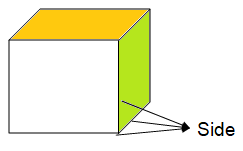
Volume of cube = a3
Lateral surface area = 4a2
Total surface area = 6a2
To find side length of cube from the diagonal, we use the formula
Side length = a√3
RECTANGULAR PRISM
In geometry, a rectangular prism can be defined as a 3-dimensional solid shape which has six faces that are rectangles. A rectangular prism is also a cuboid.
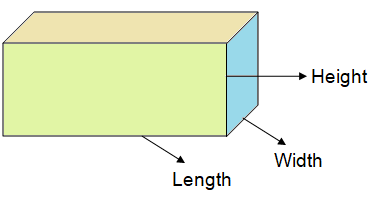
Lateral surface area = 2h(l + w)
Total surface area = 2(lw + wh + hl)
Volume = length x width x height
TRINAGULAR PRISM
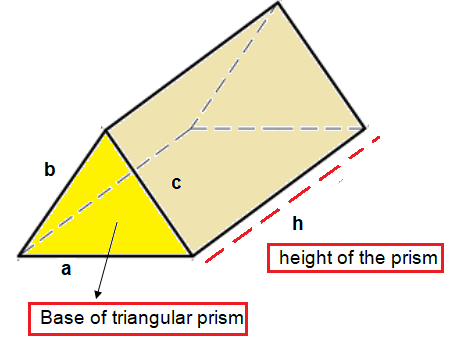
Lateral surface area = ph
p = Perimeter of the triangle and h = height of the prism
Total surface area = ph + 2B
B = Base area of triangular prism
Volume = Base area x height
CYLINDER
A cylinder is a three dimensional solid that holds two parallel bases joined by a curved surface at a fixed distance.
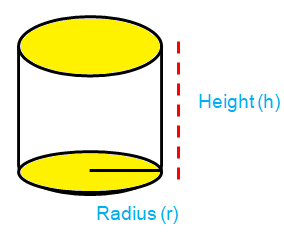
Lateral surface area of cylinder = 2πrh
Total surface area = 2πr(h + r)
Volume of cylinder = πr2h
PYRAMID
A pyramid is a 3D polyhedron with the base of a polygon along with three or more triangle-shaped faces that meet at a point above the base
Surface area of pyramid = Area of all faces
Volume = (1/3) x base area x height
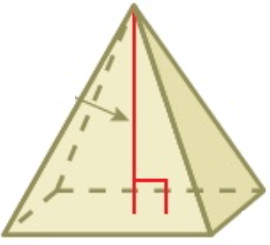 |
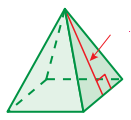 |
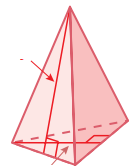 |
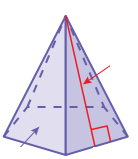 |
SPHERE
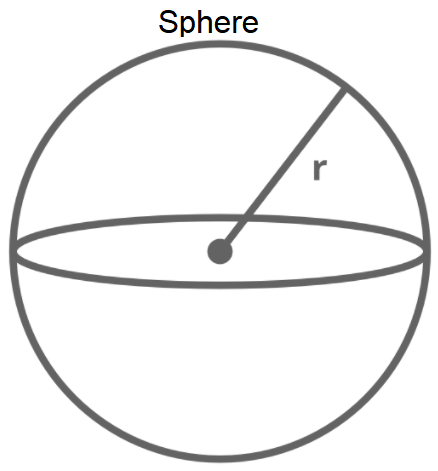
Formula for surface area of a sphere,
S = 4πr²
Formula for volume of a sphere
V = (4/3)πr³
(where r is the radius of the sphere)
CONE
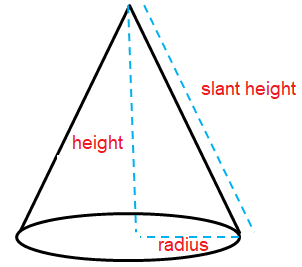
Formula for surface area of a cone,
Lateral surface area = πrl
Total surface area = πr(l + r)
Formula for volume of a cone
V = (1/3)πrl
Subscribe to our ▶️ YouTube channel 🔴 for the latest videos, updates, and tips.
Recent Articles
-
Finding Range of Values Inequality Problems
May 21, 24 08:51 PM
Finding Range of Values Inequality Problems -
Solving Two Step Inequality Word Problems
May 21, 24 08:51 AM
Solving Two Step Inequality Word Problems -
Exponential Function Context and Data Modeling
May 20, 24 10:45 PM
Exponential Function Context and Data Modeling